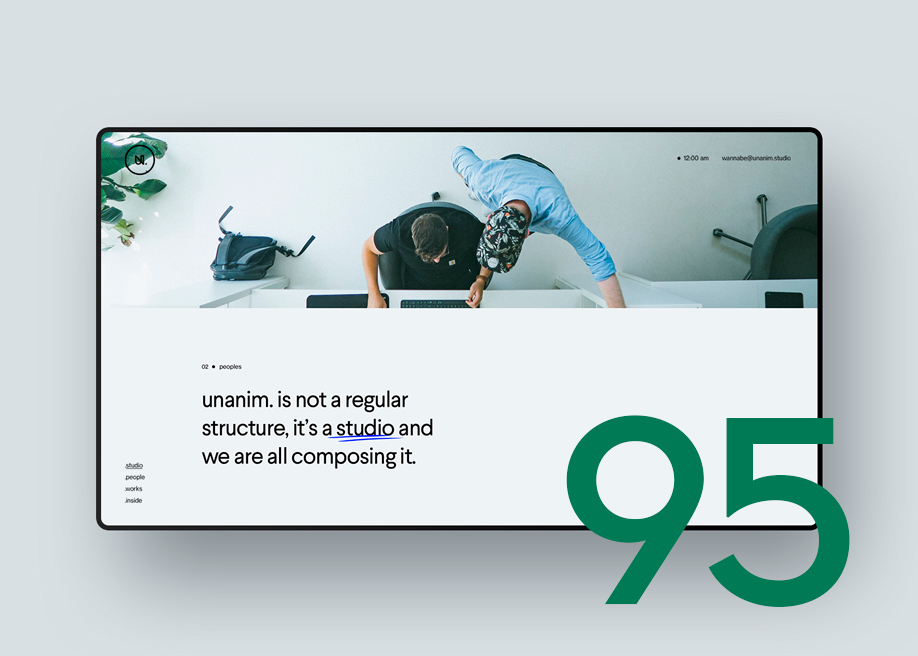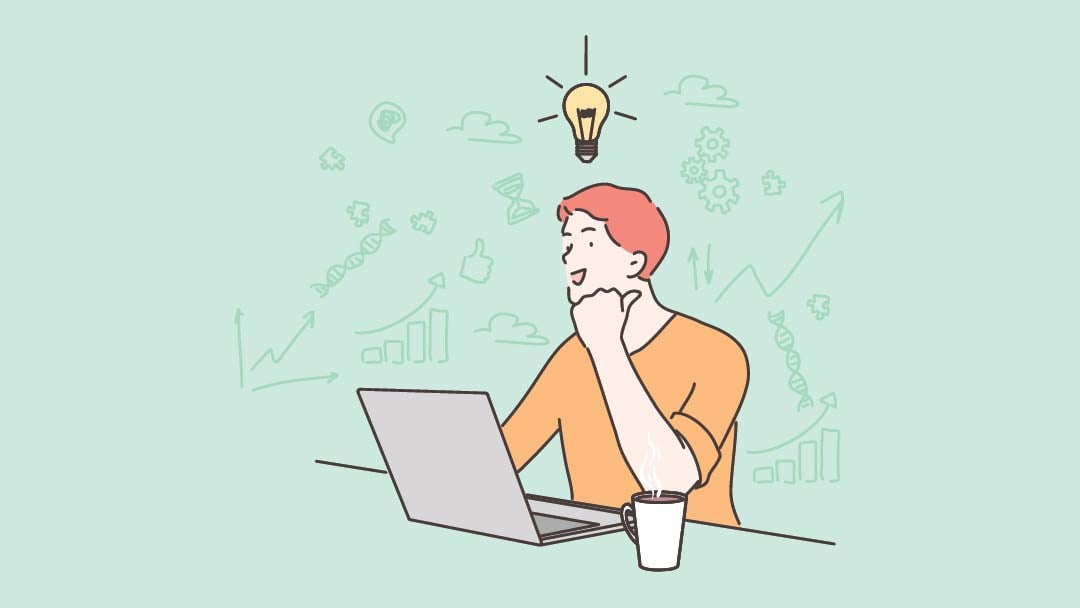All Categories
Featured
Table of Contents
- – What Can I Do With A Web Design And Developmen...
- – Web Design - Wikipedia Tips and Tricks:
- – Penner Home - Durham Web Design - Penner Web ...
- – Web Design Scholarship - Nyc Digital Marketin...
- – Web Design Services - Networksolutions.com Ti...
- – Web Design Courses & Tutorials - Codecademy T...
- – Minneapolis Web Design - 100+ Five Star Revi...
- – Web Designer: Learn The 9 Skills You Need In...
- – Figma: The Collaborative Interface Design To...
- – Learning Web Design: A Beginner's Guide To ...
- – Why Is Web Design Important? - 6 Reasons To...
- – Website Design - Best Ecommerce Web Design ...
- – What Is Web Design? A Comprehensive Guide -...
What Can I Do With A Web Design And Development Degree? Tips and Tricks:
Desktop apps need designers to create their style and send it to a development group who can then transform the design to code. Normally, this is the requirement for large and/or complex websites due to the fact that it enables the designer to focus on the general appearance and feel, while all the technical obstacles are transferred to the development group
Web Design - Wikipedia Tips and Tricks:

Amazing designs can communicate a lot of information in simply a couple of seconds. This is made possible with the use of effective images and icons. A quick Google search for stock images and icons will create thousands of alternatives.
Penner Home - Durham Web Design - Penner Web Design ... Tips and Tricks:
Your site visitors have multiple ways of interacting with your site depending upon their device (scrolling, clicking, typing, and so on). The very best site styles simplify these interactions to offer the user the sense that they remain in control. Here are a few examples: Never ever auto-play audio or videos, Never highlight text unless its clickable Make certain all kinds are mobile-friendlyAvoid appear Avoid scroll-jacking There are lots of web animation methods that can assist your style grab visitor's attention, and permit your visitors to connect with your website by giving feedback.
Web Design Scholarship - Nyc Digital Marketing Agency Tips and Tricks:
Your users must have the ability to easily browse through your site without coming across any structural concerns. If users are getting lost while trying to browse through your site, chances are "spiders" are too. A spider (or bot) is an automated program that explores your website and can determine its functionality.
Web Design Services - Networksolutions.com Tips and Tricks:
Responsive, Comprehending the benefits and drawbacks of adaptive and responsive sites will assist you identify which site home builder will work best for your website design needs. You might stumble upon short articles online that speak about a whole bunch of different site style styles (repaired, static, fluid, etc). Nevertheless, in today's mobile-centric world, there are only 2 website designs to utilize to appropriately develop a website: adaptive and responsive.
Web Design Courses & Tutorials - Codecademy Tips and Tricks:

a header) is 25% of its container, that aspect will remain at 25% no matter the modification in screen size. Responsive sites can also utilize breakpoints to create a customized look at every screen size, but unlike adaptive sites that adapt just when they struck a breakpoint, responsive websites are continuously altering according to the screen size.(image credit: UX Alpaca)Fantastic experience at every screen size, despite the device type, Responsive website builders are normally stiff that makes the style hard to "break"Heaps of available templates to begin with, Needs substantial style and testing to ensure quality (when going back to square one)Without accessing the code, custom styles can be difficult, It is necessary to note that site home builders can include both adaptive and responsive functions.
Minneapolis Web Design - 100+ Five Star Reviews - Seo ... Tips and Tricks:
Wix has actually been around since 2006 and has actually given that developed a large range of features and design templates to suit just about every company need. Today, it's thought about one of the simplest tools for newbies. It's hard to select a winner in this classification, here are few things to keep in mind: If you're looking for the most adjustable experience, select Page, Cloud.
Web Designer: Learn The 9 Skills You Need In 2022 - Skillcrush Tips and Tricks:
, come into play. Here are some of the pros and cons to consider when looking to embrace one of these tools: Ability to develop custom responsive websites without having to compose code Unrivaled control over every element on the page Capability to export code to host somewhere else Complicated tools with steep knowing curves Slower design procedure than adaptive site builders, E-commerce sites are an essential part of website style.
Figma: The Collaborative Interface Design Tool. Tips and Tricks:

The fundamental five elements of web style, Best resources to discover web style at house, What is web style? You require to keep your design simple, tidy and available, and at the exact same time, use grid-based designs to keep design items arranged and organized, hence developing a terrific total design. Web design online courses.
Learning Web Design: A Beginner's Guide To Html, Css ... Tips and Tricks:
, The web design track style Tree, House offers 43 provides of video and interactive lessons on HTML, CSS, layouts, designs other web design basicsStyle
Why Is Web Design Important? - 6 Reasons To Invest In Site ... Tips and Tricks:
Effective web style brings a few different aspects together to promote conversions. These consist of: Compelling usage of unfavorable area Clearly provided options for the user(the less options the user has, the less most likely they are to end up being overloaded and baffled)Obvious, clear calls to action Limited interruptions and a well thought out user journey (ie.
Website Design - Best Ecommerce Web Design By Shopify Tips and Tricks:
Here are some examples: Clear calls to action are excellent web design; dirty ones are bad web design. High contrast typefaces are smart, effective web design; low contrast typefaces that are tough to check out are bad website design. Here are a couple of other aspects to avoid: Sidetracking images and backgrounds. There are a few choose instances where a tiled background might be a good choice, in most cases they're sidetracking. Non-responsive style. Nowadays your site simply needs to be mobile responsive. Uncertain links and buttons. Visitors shouldn't need to hunt for links and buttons, they ought to have the ability to rapidly see which images and pieces of text will take them to brand-new pages or confirm their options.
What Is Web Design? A Comprehensive Guide - Wix.com Tips and Tricks:
On a platform like 99designs you can host a style contestby providing an offering and quick designers submit designs based on your specifications. Your web design could cost a few hundred to tens of thousands of dollars, depending on its complexity. The more information they have, the more equipped they are to deliver the perfect web style for you.
Learn more about Lovell Media Group LLC or TrainACETable of Contents
- – What Can I Do With A Web Design And Developmen...
- – Web Design - Wikipedia Tips and Tricks:
- – Penner Home - Durham Web Design - Penner Web ...
- – Web Design Scholarship - Nyc Digital Marketin...
- – Web Design Services - Networksolutions.com Ti...
- – Web Design Courses & Tutorials - Codecademy T...
- – Minneapolis Web Design - 100+ Five Star Revi...
- – Web Designer: Learn The 9 Skills You Need In...
- – Figma: The Collaborative Interface Design To...
- – Learning Web Design: A Beginner's Guide To ...
- – Why Is Web Design Important? - 6 Reasons To...
- – Website Design - Best Ecommerce Web Design ...
- – What Is Web Design? A Comprehensive Guide -...
Latest Posts
Beginner's Guide: How To Learn Web Design At Home - Medium Tips and Tricks:
Web Design Definition - Techterms Tips and Tricks:
Penner Home - Durham Web Design - Penner Web Design ... Tips and Tricks:
More
Latest Posts
Beginner's Guide: How To Learn Web Design At Home - Medium Tips and Tricks:
Web Design Definition - Techterms Tips and Tricks:
Penner Home - Durham Web Design - Penner Web Design ... Tips and Tricks: